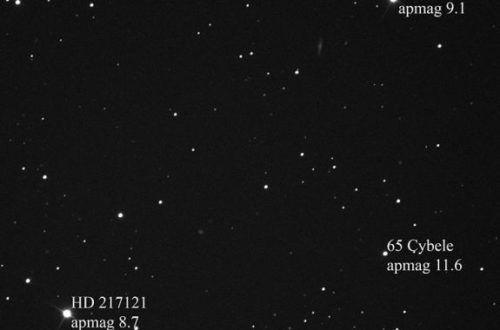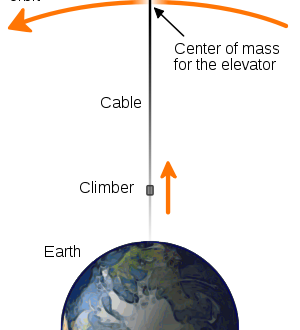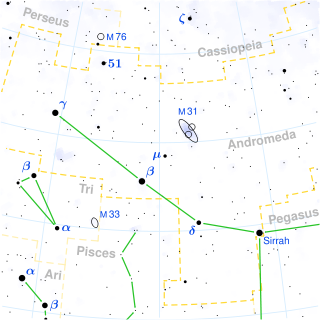Monthly Stargazing Calendar for October 2014
Looking for the October 2025 stargazing calendar?
Unlike the previous month, this one will be quite eventful, including two eclipses and two meteor showers. First off, the planet Uranus will be at opposition on October 7. This means that the gas giant will be at its closest approach to Earth and its face will be fully illuminated by the Sun. This is the best time to view Uranus, however due to its distance it will only appear as a tiny blue-green dot in all but the most powerful telescopes.
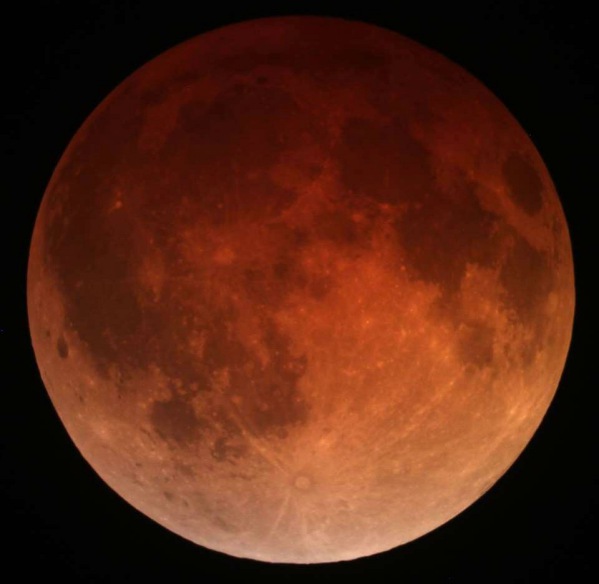
Total lunar eclipse on April 15 2014. Photo by Alfredo Garcia Jr.
Would you like to be notified of stargazing events?
The next day on October 8 we will witness a total lunar eclipse. Such an eclipse occurs when the Moon passes completely through the Earth’s dark shadow, or umbra. The Moon will gradually get darker and then take on a rusty or blood red color. The eclipse will be visible throughout most of North America, South America, eastern Asia, and Australia. For more information consult the graphic below supplied by NASA.

On the same night of October 8 and the following early morning, the Draconids meteor shower will occur. It is a minor meteor shower producing only about 10 meteors per hour from dust grains left behind by comet 21P Giacobini-Zinner, which was first discovered in 1900. Unfortunately the glare from the full moon will block out all but the brightest meteors. However you may be able to see some meteors when the moon darkens briefly during the total lunar eclipse. If viewed away from city lights, some meteors may also be visible from October 6 to 10. Meteors will radiate from the constellation Draco, but can appear anywhere in the sky.
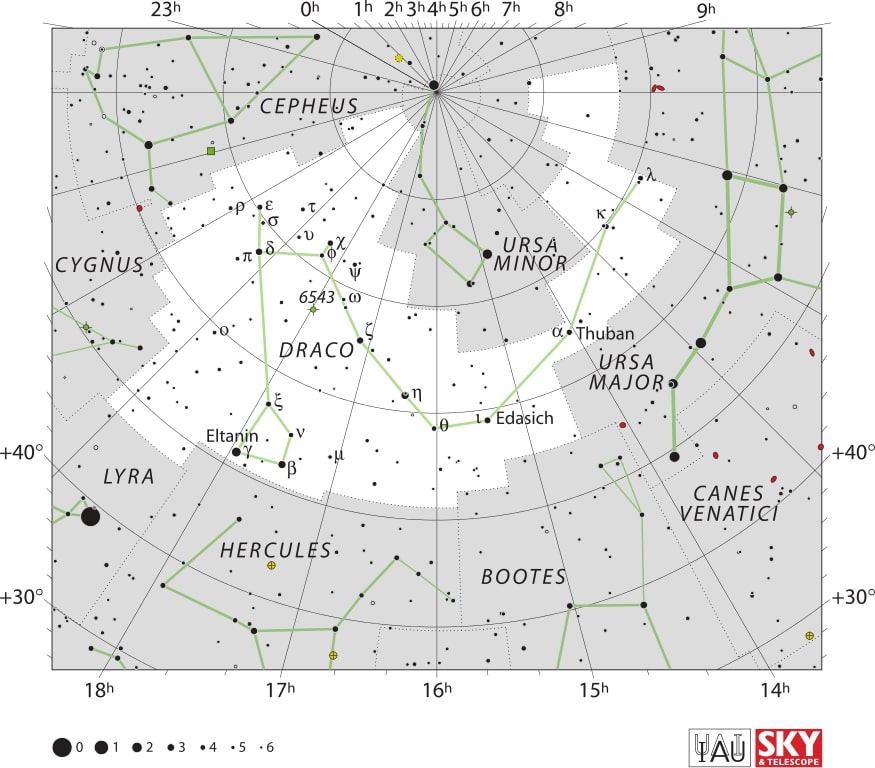
Two weeks later, on the nigh of October 22 and 23 the Orionids meteor shower will take place. It is an average shower producing up to 20 meteors per hour at its peak from dust grains left behind by comet Halley. Some meteors may also be seen from October 2 to November 7. This will be an excellent year for the Orionids because there will be no bright moon to interfere with the show. Meteors will radiate from the constellation Orion, but can appear anywhere in the sky.
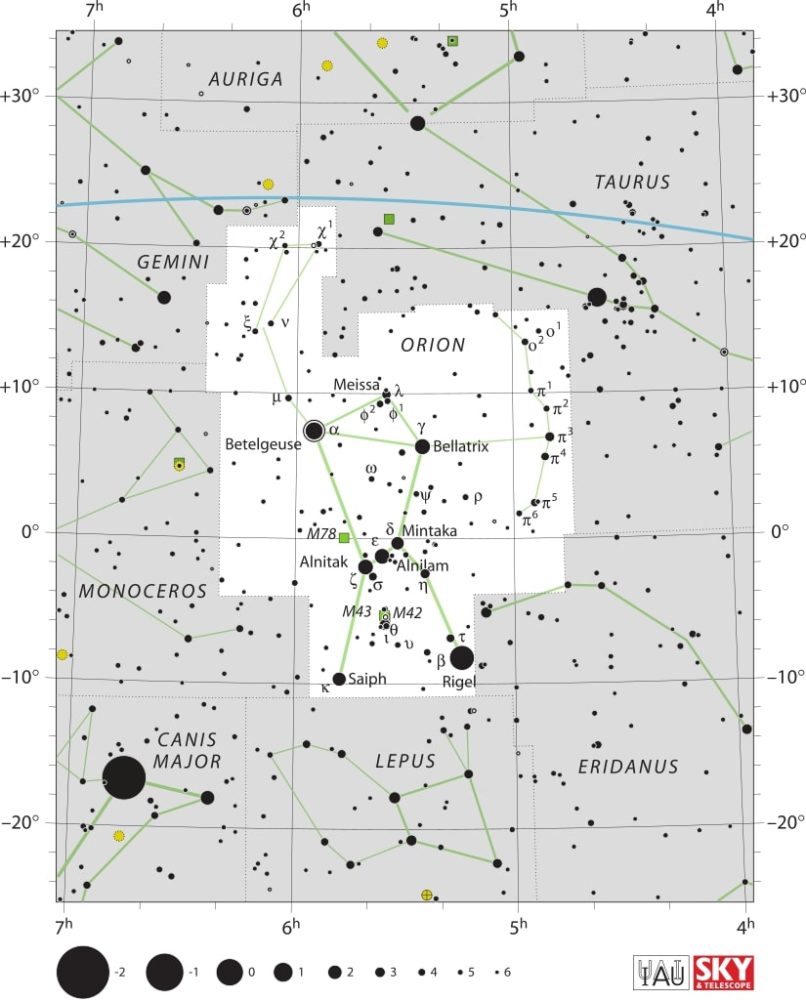
The next day, on October 23 there will be another major astronomical event: a partial solar eclipse. Such an eclipse occurs when the Moon covers only a part of the Sun, sometimes resembling a bite taken out of a cookie, as opposed to a total solar eclipse where the entire disk of the Sun is covered. Keep in mind that a partial solar eclipse can only be safely observed with a special solar filter or by looking at the Sun’s reflection. The partial eclipse will be visible throughout most of North and Central America. You can see the exact path of the eclipse as well as some additional information on the graphic below supplied by NASA.

Furthermore, you can find the animated path provided by NASA below on the left as well as a simulation of the greatest partiality just before sunset by Tom Ruen on the right:

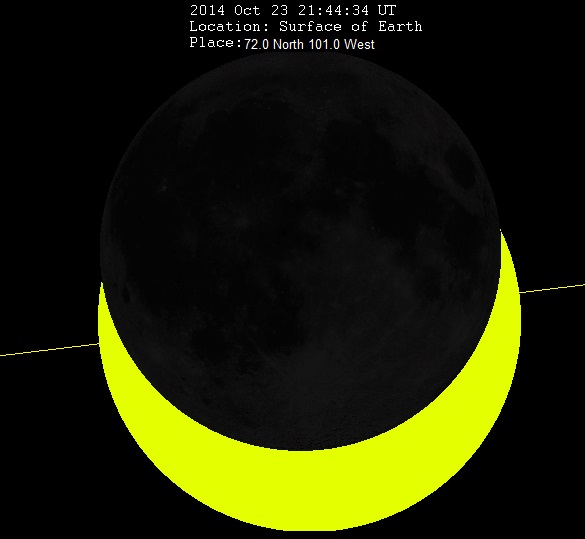
Moon phases
As you know, the moon has a big impact on the visibility of celestial bodies in the night sky. So here are the moon’s phases for this month:
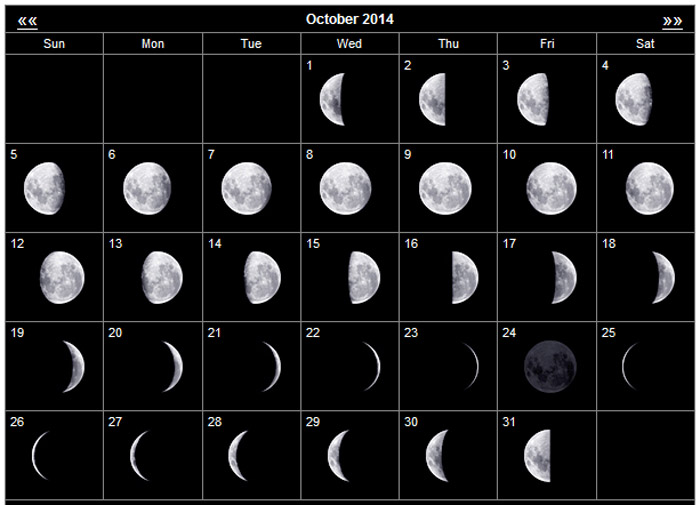
Positions of the planets this month
Mercury: The closest planet to the Sun can be seen at dawn and dusk travelling across the constellation of Virgo not far from Venus. This planet, being the closest to the Sun, will appear to move quickly in the night sky and its position will change in the following weeks.
Venus: The sister planet can be seen travelling across the constellation of Virgo. Just like Mercury, Venus can only be seen at dawn and dusk.
Mars: The red planet can be seen between the constellations of Scorpius and Ophiuchus.
Jupiter: The gas giant is visible between the constellations of Cancer and Leo. Jupiter can easily be spotted with the naked eye, even in highly illuminated cities.
Saturn: The ringed giant can be seen with the naked eye in the constellation of Libra.
Uranus: The gas giant can be seen in the constellation of Pisces with the use of a telescope.
Neptune: The blue giant requires a telescope pointed in the constellation of Aquarius in order to be seen.
Major astronomical events next month
- November – Rosetta spacecraft landing on comet
- November 5, 6 – Taurids meteor shower peak
- November 17, 18 – Leonids meteor shower peak
See also:
- Previous month’s calendar: Stargazing Calendar for September 2014
- Next month’s calendar: [Hiatus] Stargazing Calendar for May 2015
Would you like to receive similar articles by email?



